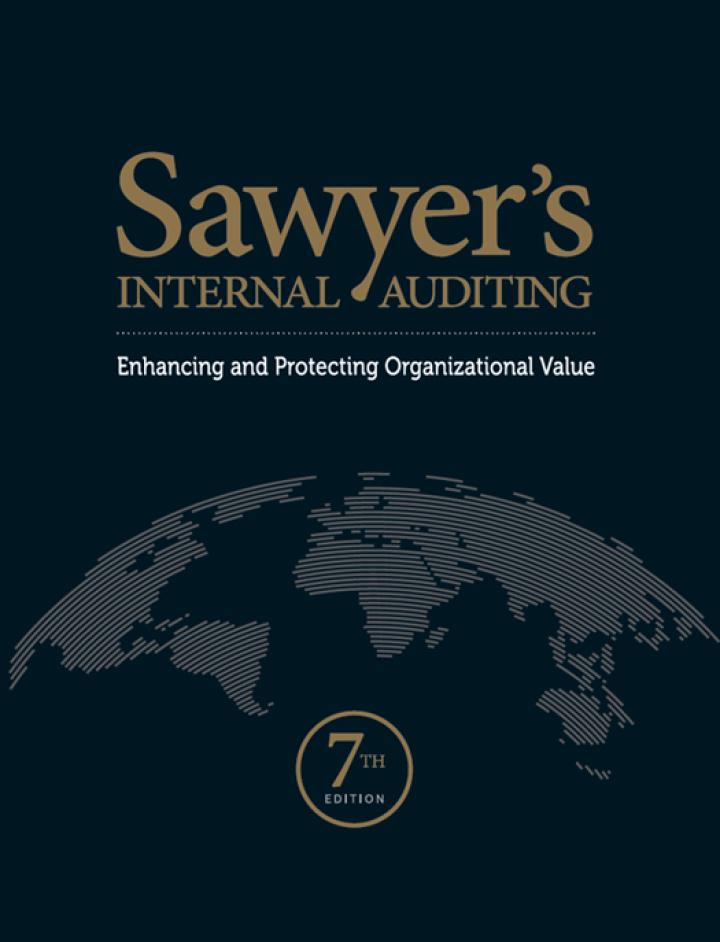Answered step by step
Verified Expert Solution
Question
1 Approved Answer
please give correct answer with explanations, thank you Exorbitant Jacky initially deposits 1,000 dollars in the bank where it earns 10% interest per year. Let
please give correct answer with explanations, thank you 

Exorbitant Jacky initially deposits 1,000 dollars in the bank where it earns 10% interest per year. Let b(t) denote the balance of his account at time 1 years. Exorbitant Jacky's extravagant ways lead to him withdrawing from his account at a rate of 0.001(b(t))2 dollars per year. a) Write a differential equation which models how the balance of Exorbitant Jacky's account changes with time, in term of b and t only. (You may assume that the income and expenditure occur continuously rather than at discrete time intervals.) (You may use b or b(t) in the box below. Both will be accepted) db dt b) Use the Taylor polynomial of degree 1 of b(t) to estimate b(0.2). (You don't need to solve the differential equation to answer this question.) b(0.2) = c) Solve the differential equation, subject to the given initial conditions. The solution (1) can be given implicitly in the form A B where log is the natural logarithm. Write in the boxes below the exact values for A, B, and C. A = B = c) Solve the differential equation, subject to the given initial conditions. The solution b (t) can be given implicitly in the form A log(B b-C where log is the natural logarithm. Write in the boxes below the exact values for A, B, and c. A = B = d) What is the long term future for Exorbitant Jacky? That is, find lim-ob(t) = Exorbitant Jacky initially deposits 1,000 dollars in the bank where it earns 10% interest per year. Let b(t) denote the balance of his account at time 1 years. Exorbitant Jacky's extravagant ways lead to him withdrawing from his account at a rate of 0.001(b(t))2 dollars per year. a) Write a differential equation which models how the balance of Exorbitant Jacky's account changes with time, in term of b and t only. (You may assume that the income and expenditure occur continuously rather than at discrete time intervals.) (You may use b or b(t) in the box below. Both will be accepted) db dt b) Use the Taylor polynomial of degree 1 of b(t) to estimate b(0.2). (You don't need to solve the differential equation to answer this question.) b(0.2) = c) Solve the differential equation, subject to the given initial conditions. The solution (1) can be given implicitly in the form A B where log is the natural logarithm. Write in the boxes below the exact values for A, B, and C. A = B = c) Solve the differential equation, subject to the given initial conditions. The solution b (t) can be given implicitly in the form A log(B b-C where log is the natural logarithm. Write in the boxes below the exact values for A, B, and c. A = B = d) What is the long term future for Exorbitant Jacky? That is, find lim-ob(t) = 

Step by Step Solution
There are 3 Steps involved in it
Step: 1

Get Instant Access to Expert-Tailored Solutions
See step-by-step solutions with expert insights and AI powered tools for academic success
Step: 2

Step: 3

Ace Your Homework with AI
Get the answers you need in no time with our AI-driven, step-by-step assistance
Get Started


